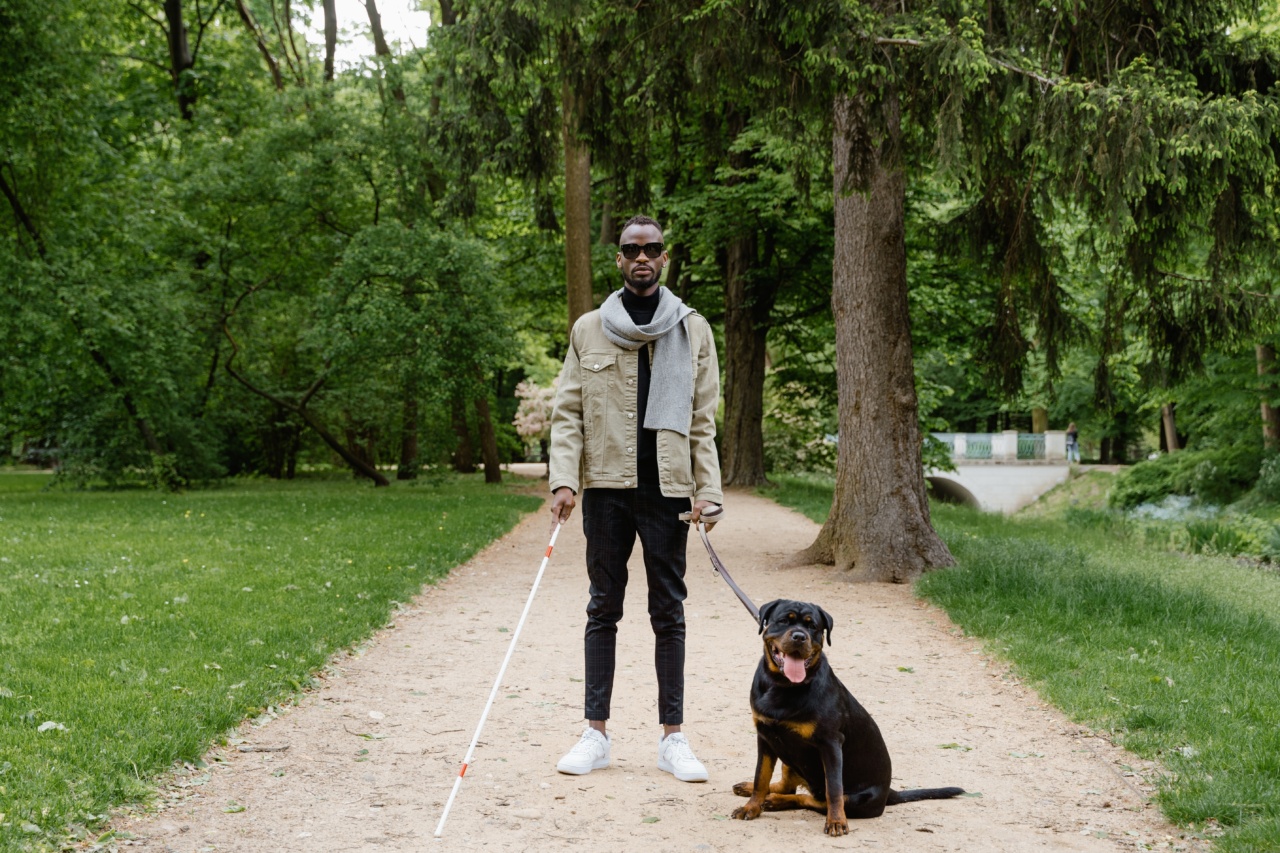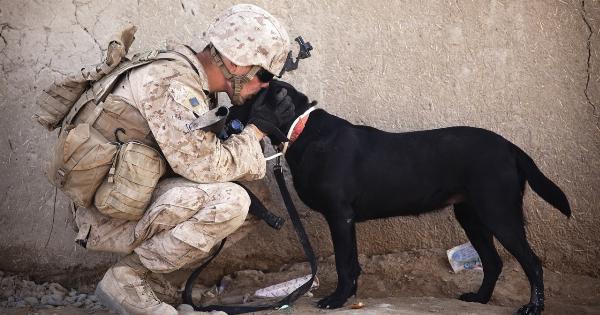Blindness is a challenging condition to cope with for dogs and humans alike.
While blindness can be a result of various causes such as cataracts, degenerative disorders, or accidents, the most important rule when taking care of a blind dog is to make sure they are safe and comfortable in their environment. In this article, we will discuss some tips and guidelines to help you provide the best level of care for your blind furry friend.
1. Establish a Safe Environment for Your Blind Dog
The first step in taking care of a blind dog is to create a safe and secure environment for them. Blind dogs often learn to navigate new environments using their senses of hearing, smell, and touch.
Therefore, it is essential to keep your house organized, so it is easier for your dog to remember the pathways they’ve already taken. Use baby gates, barriers, or even visual cues such as mats or rugs to help them navigate the space easily.
2. Provide Consistent and Clear Commands
Blind dogs rely heavily on voice commands and body language to understand their surroundings. You should use consistent voice commands, and always make sure that your dog knows where you are.
It can be helpful to establish specific verbal cues to help your dog navigate. For example, you might say “step up” when you want them to go up a step or “watch” when you want them to avoid bumping into something in their path.
3. Leash Your Dog When Going Out
While your blind dog might have a keen sense of smell and hearing, it’s still important to always keep them on a leash when going out for walks or playing in the yard. This will help prevent them from getting lost, injured, or even hit by a car.
4. Use Scent Cues to Help Your Dog Navigate
Using scent cues can help your dog navigate the environment much easier. One way to do this is to use scent markers to guide your dog to important places in the house, such as their food and water or their bed.
You can also use scents to help them locate the door or walk through a corridor. You can use essential oils or simple food scents like cheese or chicken to create these scents.
5. Consider Using a Halo Vest
Halo vests are designed to offer additional protection and sensory assistance to blind dogs. These vests fit around the dog’s neck, with a halo or semi-circular shape that extends around the head.
The halo acts as a buffer zone around the dog’s head and helps them avoid obstacles that may cause injury.
6. Provide Regular Vet Checkups
If your dog has lost their sight due to an underlying medical condition, it’s essential to schedule regular vet checkups to monitor their health status and ensure they receive proper medication and care.
Regular checkups can help you catch early signs of disease or vision loss and help you prevent secondary conditions that might arise due to blindness.
7. Keep Your Blind Dog Active and Stimulated
Blind dogs need regular exercise and mental stimulation to stay happy and healthy. You can devise specific games and puzzles that suit your dog’s abilities and preferences.
You should also offer physical activities like short walks or swimming that help your dog maintain their fitness level. Daily playtime and gentle massages can help reduce stress and anxiety, improve mood, and enhance the bond between you and your furry friend.
8. Be Patient and Kind
Caring for a blind dog requires a lot of patience, love, and compassion. Remember that your dog might face a few challenges in adapting to their new life without vision.
Be consistent, positive, and supportive as you help them navigate and learn new things. Celebrate their progress, provide positive reinforcement, and always keep a positive attitude.
9. Consider Using Specific Aids and Technologies
There are several aids and technologies available today, designed to help blind dogs live a better life.
Some examples include braille tags, vibrating collars, and sensors that can detect obstacles and communicate with the pet parent through sound or visual signals. You might also try using audiobooks or sound machines that create calming or stimulating sounds to help your dog relax and understand their surroundings better.
10. Consult with a Professional Trainer
If you’re struggling to take care of your blind dog or merely wish to enhance their training and behavior, consider working with a professional trainer who has experience in working with blind pets.
Trainers can advise you on proper training techniques, answer your questions, and help you develop a practical and effective training plan for your dog’s specific needs.






























